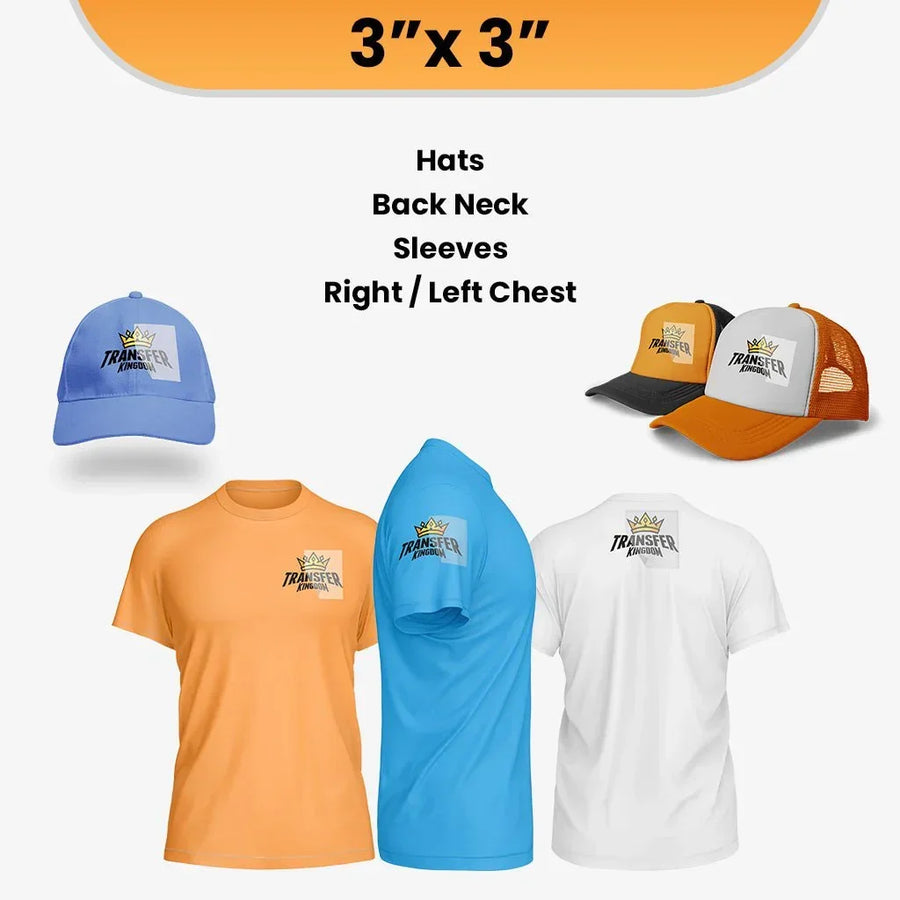In the constantly changing world of fashion, customization has transformed into more than just a trend; it has changed into a way for customers to express their individual identities. Among the various developments driving this shift, DTF transfers have surfaced as a revolutionary in the realm of personalized apparel. Direct to Film (DTF) transfers allow for colorful, high-quality designs to be created and transferred onto clothing with simplicity, making it easier than ever for individuals to showcase their personal styles.
As we immerse ourselves in the exciting landscape of tailored DTF transfers, we investigate how this technology is reshaping the fashion industry. With the potential to create intricate and unique designs, it enables both artists and consumers. From local businesses offering bespoke items to customers crafting their own customized pieces, DTF transfers are transforming how we think about clothing and self-expression. This article will review the new possibilities that tailored DTF transfers bring to the future of personalized fashion.
What are DTF Transfers?
DTF transfers, or Direct to Film transfers, are a process of printing designs onto a special film, that can then be transferred onto textiles. This cutting-edge printing technique allows for vibrant and intricate images to be effortlessly transferred to various garments. With DTF, the designs are printed using premium ink, which adheres to a special film which can handle the temperature of the transfer process.
The method begins by printing the intended artwork onto a film using a DTF printer. After printing, a hot-melt adhesive powder is sprinkled on the wet ink, which is then finished to create a usable transfer. This transfer can be attached to a diverse fabrics, making it a adaptable choice for custom apparel. The result is a resilient and high-quality transfer that retains its state through multiple washes.
DTF transfers have gained popularity due to their capability to create customized and unique designs. They are ideal for bespoke DTF transfers on clothing such as t-shirts, hoodies, and even accessories. This process offers a combination between excellence and efficacy, empowering businesses and individuals to generate varied quantities of bespoke apparel with ease.
Advantages of Bespoke DTF Transfers
Custom DTF transfers offer unmatched versatility in the world of fashion. They allow for intricate designs and vibrant colors that can be effortlessly applied to a variety of fabrics. This adaptability makes DTF transfers suitable for various applications, from personalized clothing to unique promotional items. Designers and brands can easily experiment with different styles, creating bespoke pieces that genuinely reflect personal tastes and preferences.
Another notable advantage of custom DTF transfers is their longevity. Unlike some traditional printing methods, DTF transfers are known for their ability to withstand numerous washes without losing color or peeling. This durability ensures that personalized designs maintain their integrity and aesthetic appeal over time. For consumers, this means a better value in their wardrobe, as custom pieces can be enjoyed for years, standing up to the challenges of daily wear.
In addition to superior quality and durability, custom DTF transfers promote sustainability in the fashion industry. Many DTF transfer processes utilize water-based inks and sustainable practices, making them a sustainable option compared to other printing techniques. As consumers grow more conscious of their environmental impact, choosing bespoke DTF transfers not only enhances personal style but also supports a more eco-friendly approach to fashion, aligning with the priorities of modern shoppers.
The way to Make Tailored Creations
To begin designing tailored designs for custom DTF prints, you have to possess a distinct vision of that which you desire. Whether whether it is a unique graphic, a favorite quote, or a blend of colors and textures, brainstorming is critical. Gather motivation from different sources like online galleries, fashion blogs, or social media channels. Once you have your thoughts, sketch them out or create a visual board to see your concepts. This will aid you refine your artwork and make certain it represents your personal style.
Then, you'll need to choose the right software for creating your transfer. Programs like Adobe Illustrator, CorelDRAW, or even free alternatives like Canva give a variety of tools to design premium graphics. When creating, keep in mind the size and resolution suitable for DTF transfers. custom dtf transfers for a least of 300 DPI to make sure your images maintain clarity and brightness when printed. Don't be reluctant to try with shades, typography, and layout until you are satisfied with your ultimate design.
At last, once you have your creation prepared, it's moment to ready it for printing. Ensure that your files are in the correct format, typically PNG or TIFF, to most effectively capture the precision and hues. Depending on your printer's capabilities, you may also need to adjust settings for optimal results. After printing, adhere to the application directions for the DTF design to make sure sticking and strength on your preferred fabric. With these steps, you can create your custom creations to fruition and demonstrate your unique style through personalized DTF designs.

